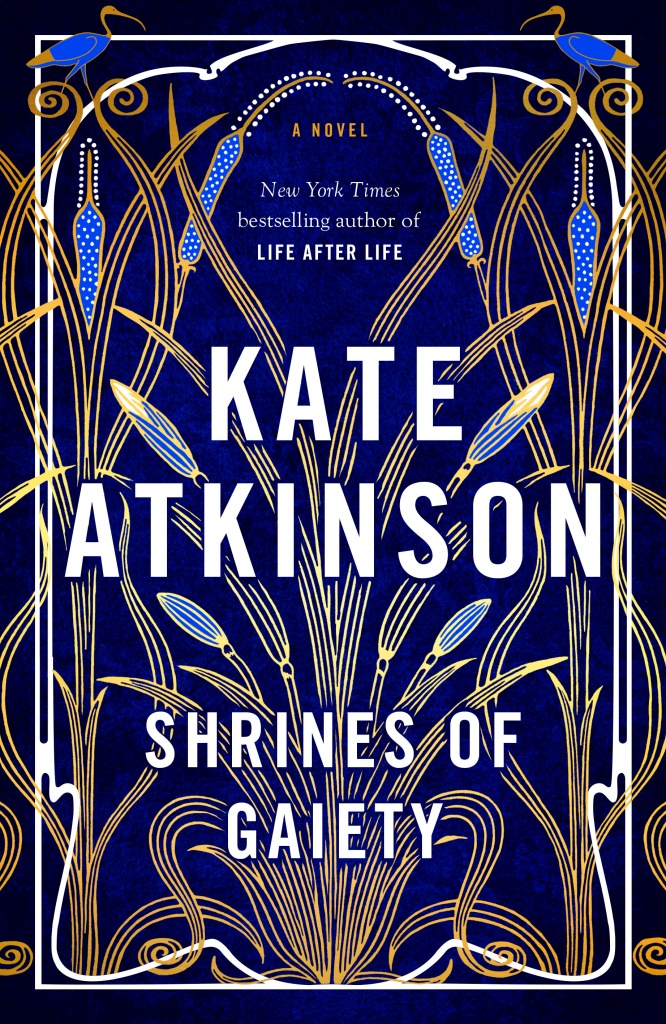It’s 1926. Ma Coker is being released from jail, and it’s like a circus in front of the prison. Nellie Coker is the head of a crime family in London, the owner of five clubs that Frobisher, the new broom at the police station, thinks are responsible for the disappearance of quite a few girls.
Miss Gwendolyn Kelling has unexpectedly inherited some money, so she quits her job in York as a librarian and decides to search for her friend’s sister, Florence Ingram, and Freda Murgatroyd, both 14, who have gone to London to make their fortunes, Freda being positive that she is going to be a star. When she goes to the police station, Frobisher asks her to visit one of the Coker clubs to report what she can observe.
Niven Coker, Nellie’s oldest son, by coincidence comes upon Miss Kelling on the street after she has been mugged. He gives her a ride to her ladies hotel, and afterwards she receives her purse.
Frobisher has been asking at the office for Maddox, one of the inspectors, but he has been on sick leave. Frobisher is sure Maddox is corrupt, but what he doesn’t know is that Maddox is putting the final pieces in place to take over Nellie Coker’s clubs. To start with, there is arson.
Maddox isn’t the only one after the Coker empire. There’s also Mr. Azzopardi, who begins by trying to exploit the weaknesses of Nellie’s youngest son, Ramsey.
There are some dark deeds in this novel, but it is written with a lightness that conveys more the fevered fun seeking of the time. For a crime family, the Cokers are curiously benign, and Nellie Coker seems to be three steps ahead of everyone else. The novel is more of an ensemble piece and doesn’t have a main character, although we admire Miss Kelling and also the plucky but naïve Freda. Although ostensibly a crime novel, I found it more a portrait of a particular period and enjoyed it very much. Atkinson has based some of it on the life of Kate Mayrick, the owner of clubs in Soho.







